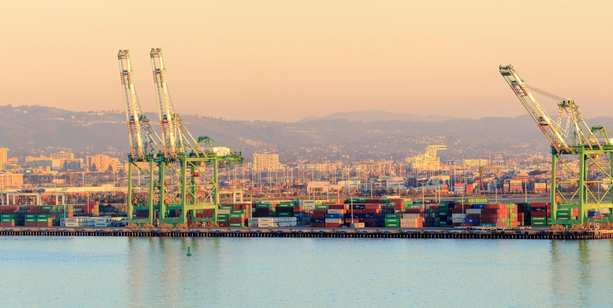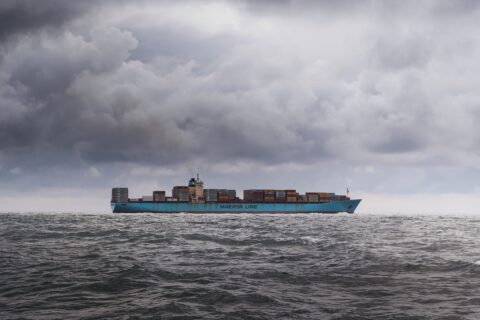
The process of transporting freight can first seem difficult, particularly for novice or small-business shippers. Although we’d all like to think that transporting freight could be as straightforward as putting a message in a bottle, the truth is that there are a number of rules and procedures in place to make sure that valuable freight gets delivered to its destination safely.
So what exactly is freight shipping? We’ve compiled 10 of the most frequently asked freight shipping questions to help you get started and better understand the shipping process from beginning to end. Let’s look at it.
Q: What can I transport with freight shipping, and what options do I have?
A: 3PL companies normally offer the services to manage all types of freight, no matter how much of it there is or where it is going. Truckload (TL), less than truckload (LTL), expedited LTL, and intermodal are common choices for moving freight. View our article Freight Shipping: What Option Best Fits Your Demands if you have any queries about which shipping option will meet your needs.
Q: How are shipping rates for freight determined?
A: The kind of freight being shipped, the mode of transportation, the weight, the distance, and other variables all affect freight shipping charges. Here is a brief explanation of how these prices are calculated based on the chosen shipping method:
LTL – The freight class has a significant impact on LTL rates. For extra services and actions like delivery appointments and liftgate services, additional costs are frequently charged.
Truckload – The amount per mile used to calculate truckload pricing is frequently inclusive or exclusive of the fuel premium. For items like detention and driving assistance, additional fees could be assessed.
Flatbed – The kind of equipment, mileage, and total weight of the shipment all factor into flatbed charges. More fees may be charged and extra transit time may be required if there is large freight onboard.
Q: What does a freight classification entail?
A: The National Motor Freight Traffic Association (NMFTA) developed the freight classification system to offer a uniform freight pricing structure for all classes of shippable goods.
The 18 freight classes, denoted by numbers between 50 and 500, are used to classify commodities. Your freight’s classification is based on its weight, size, density, ease of handling, value, and liability (probability of freight damage or theft). Usually, the freight transportation cost per pound decreases as the class number rises.
Q: What is an NMFC number?
A: According to the NMFTA, every shippable item is given a special number. For instance, the NMFC number for wood finished tile is 182355. The NMFC number is used by shippers and carriers to link a product to a freight class that is used to determine shipping costs.
Uncertain of your position? Use our freight class calculator to determine the freight class and make the appropriate plans.
Q: What is a 3PL?
A: Third-party logistics, or 3PL, are its initials. 3PL businesses aim to handle every step of the freight shipment process. These businesses offer the required services and professional assistance from the moment a shipper gets an estimate for their shipment all the way until delivery.
ProConnect Integrated Logistics – Your Warehousing & Freight Forwarding Partner
A third-party logistics firm can help shippers mitigate a variety of risks throughout the supply chain by outsourcing certain logistics functions. By partnering with a 3PL, a shipper can free up time to concentrate on his or her core competencies without suffering from the ever-shifting logistics landscape.
If you are looking for a partner to take care of all your logistics hassles, talk to us.





 APP DOWNLOAD
APP DOWNLOAD